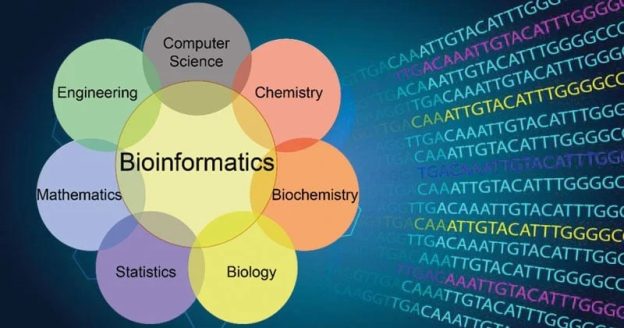In order to comprehend biological systems and relationships, computational biology uses data analysis, mathematical modelling, and computer simulations. The area has roots in applied mathematics, chemistry, and genetics and is a nexus of computer science, biology, and big data. Biological computing, a branch of computer engineering that applies bioengineering to the construction of computers, is distinct from it. An in silico experiment is one that is carried out on a computer or through computer simulation in biology and other experimental sciences. Pseudo-Latin for “in silicon,” the phrase alludes to the silicon found in computer chips. It was first used in biology in 1987 as an allusion to the Latin terms in vivo, in vitro, and in situ. The latter expressions refer to trials carried out on live things, apart from living things, and in natural settings, respectively.
Building computer models and visual simulations of biological systems is referred to as computational biomodeling, and it is one of the expanding research disciplines enabled by the collection and analysis of huge datasets. In order to ascertain whether a system can “keep their state and functions against external and internal perturbations,” researchers can utilise this information to forecast how such systems would respond to various settings. While present methods concentrate on tiny biological systems, scientists are developing strategies that will enable the analysis and modelling of bigger networks. The study of the genomes of cells and other organisms is known as computational genomics. Computational genomics includes, as one example, the Human Genome Project. In this effort, the entire human genome will be sequenced and converted into a set of data. Once fully deployed, this might make it possible for medical professionals to examine a patient’s genome. This creates the opportunity for personalized medicine, which would involve treating patients according to their unique genetic profiles. The genomes of all living things, including bacteria, plants, and animals, are being sequenced by researchers.
The random forest algorithm, which employs many decision trees to train a model to categorize a dataset, is a popular supervised learning technique. A decision tree is a structure that serves as the foundation for the random forest and seeks to categorize or label a piece of data using certain well-known attributes of that data. A medical application of this would be the use of genetic information to determine a person’s propensity to develop a particular disease or cancer. The method checks the dataset at each internal node for exactly one feature, in the previous example a particular gene, and then branches left or right based on the outcome.
All three interdisciplinary approaches to the life sciences—computational biology, bioinformatics, and mathematical biology—draw on quantitative fields like information science and mathematics. In contrast to bioinformatics, which uses information science to comprehend complex life-sciences data, computational/mathematical biology is defined by the National Institutes of Health as the application of computational/mathematical approaches to address theoretical and experimental questions in biology.
Although they share a name, the concepts of computational biology and evolutionary computation should not be conflated. Evolutionary computation, in contrast to computational biology, does not model or analyse biological data. Instead, it develops algorithms based on theories of interspecies evolution. The study in this area, which is also known as genetic algorithms, has applications in computational biology. Although computational evolutionary biology is a subfield of computational biology, evolutionary computation is not always a component of it.
Applications and Techniques of Computational Biology
on 03/01/2024








